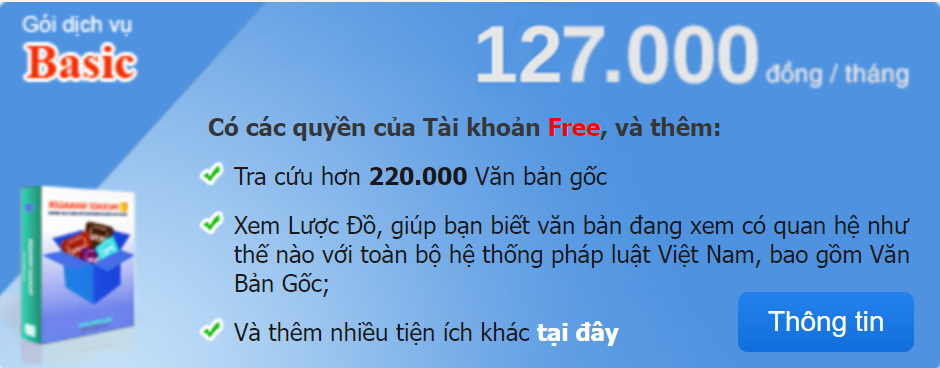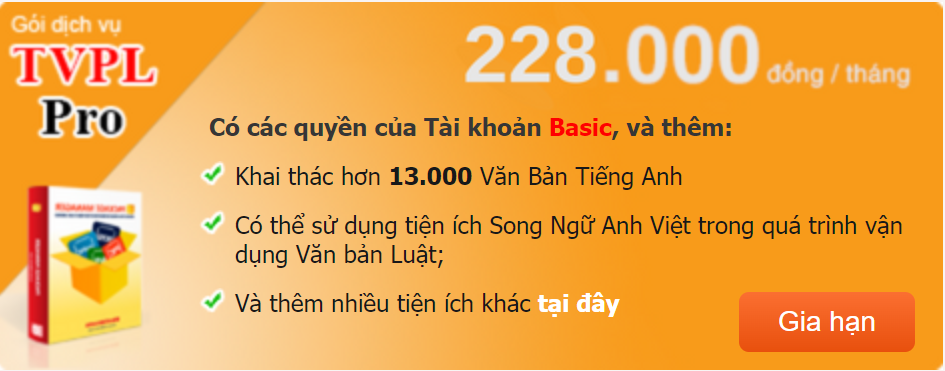
THƯ VIỆN PHÁP LUẬT
Đăng nhập
Bạn vui lòng đăng nhập. Bạn cũng có thể đăng nhập bằng tài khoản của ThuVienPhapLuat.vn hoặc Đăng ký nếu bạn chưa có tài khoản
© 2025 THƯ VIỆN PHÁP LUẬT
Hotline: 0838 229 966

THƯ VIỆN PHÁP LUẬT
Đăng nhập
Bạn vui lòng đăng nhập. Bạn cũng có thể đăng nhập bằng tài khoản của ThuVienPhapLuat.vn hoặc Đăng ký nếu bạn chưa có tài khoản
© 2025 THƯ VIỆN PHÁP LUẬT
Hotline: 0838 229 966
Hãy đăng nhập hoặc đăng ký để biết được tình trạng hiệu lực và các thông tin liên quan khác của văn bản
Đăng ký tài khoản
Bạn đã là Tài khoản thì đăng nhập để sử dụng tiện ích

THƯ VIỆN PHÁP LUẬT
Đăng ký tài khoản
© 2025 THƯ VIỆN PHÁP LUẬT
Hotline: 0838 229 966
Vui lòng nhập địa chỉ Email mà bạn đã dùng đăng ký tài khoản để khôi phục mật khẩu

